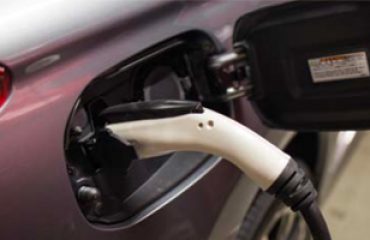With commercial electric truck use in Australia still in its infancy, clues to the operational value of their use here are scarce. With things more advanced across the Pacific, the North American Council for Freight Efficiency (NACFE) recently released an overview of its survey findings from fleets there.
This report’s conclusions were generated through interviews with fleets, manufacturers, and subject matter experts with first-hand experience with battery electric vehicles and grid infrastructure.
Fourteen fleets responded to a survey that was used to better understand their needs and plans with respect to electric truck adoption.
Where they make sense
The NACFE created this Guidance Report to provide perspective, insights, and resources on the complex topic of the viability of commercial battery electric vehicles (CBEVs), Classes 3 through 8 (see below).
This report provides a foundation for understanding the key arguments for and against this rapidly evolving powertrain alternative.
This report expands NACFE’s role to include emerging new technologies that may not yet be available in production.
The fuel costs faced by the trucking industry are a significant part of the expense to operate a tractor-trailer in North America.
Over the past decade fuel has been as high as $0.65 per mile driven and then dropped to $0.34 by 2016. At these two points, fuel costs accounted for 39 per cent and 21 per cent of the total cost of operating a commercial vehicle respectively. The price per gallon for diesel as of March 2018 has now risen to around $3.00 per gallon ($0.44 per mile) from the 2017 yearly average of $2.65.
In addition, the US Environmental Protection Agency (US EPA) and the National Highway Traffic Safety Administration (NHTSA) have enacted greenhouse gas emissions regulations on commercial vehicles extended to 2027 that require manufacturers to develop and sell technologies to improve efficiency.
These factors have driven fleets, manufacturers, and others to improve the efficiency of over-the-road tractor-trailers.
Fortunately, myriad technologies that can cost-effectively improve the fuel efficiency of Class 8 trucks are readily available on the market today.
While the industry continues to increase the adoption levels of these technologies, industry stalwarts and new start-ups are aggressively developing revolutionary new products such as electric powertrains for trucks and technologies that continue to increase automated operation.
Widespread innovation and technological advances are producing technologies and practices that could affect decisive, revolutionary, and potentially disruptive opportunities across the transportation industry.
As novel concepts, new applications, and original modes of behaviour reach the market, fleets and manufacturers need information on the benefits, challenges, and risks so that everyone can profit in this evolving landscape. READ MORE
Article by Australasian Transport News (ATN), fullyloaded.com.au, 15 March 2019




